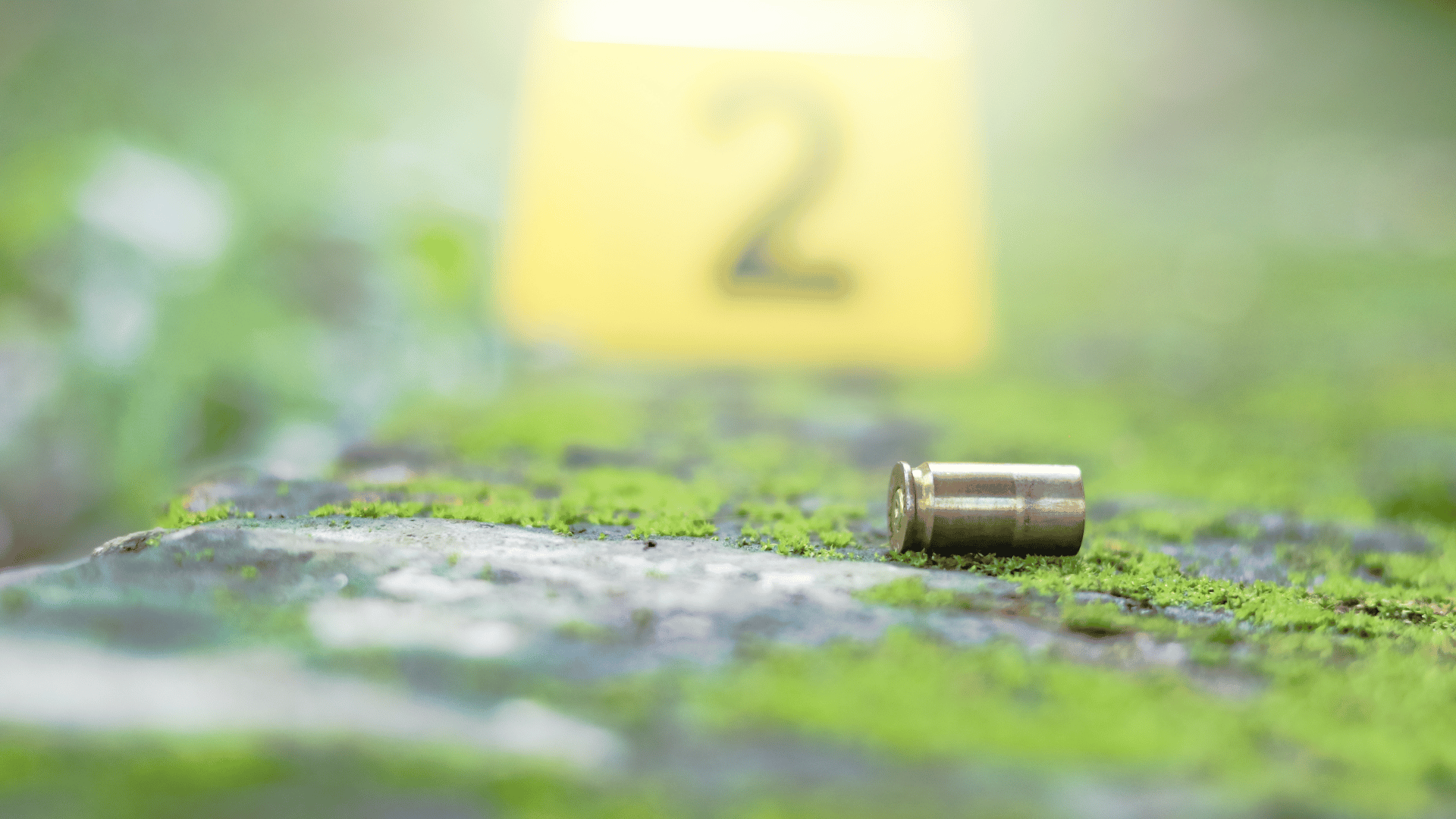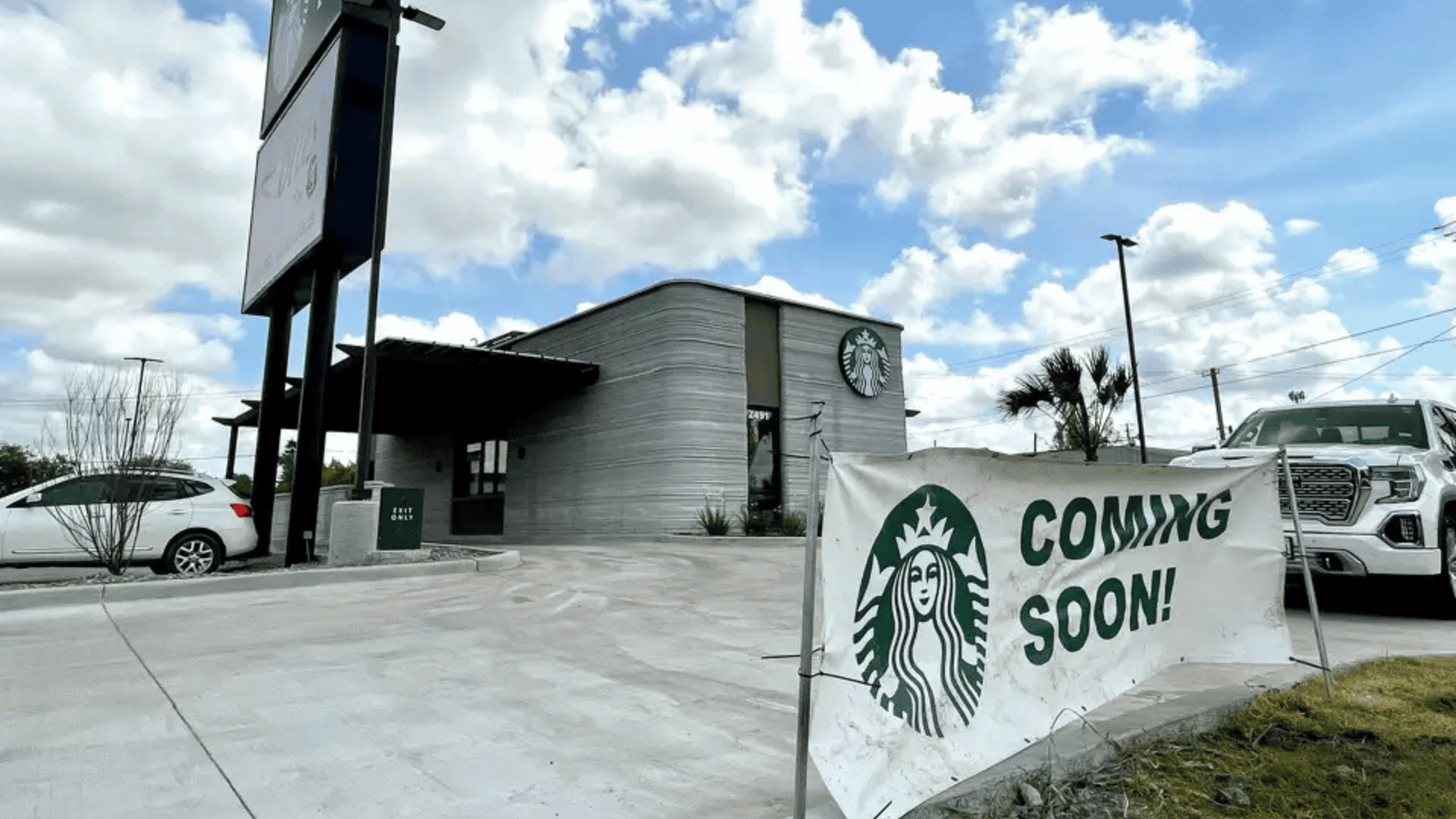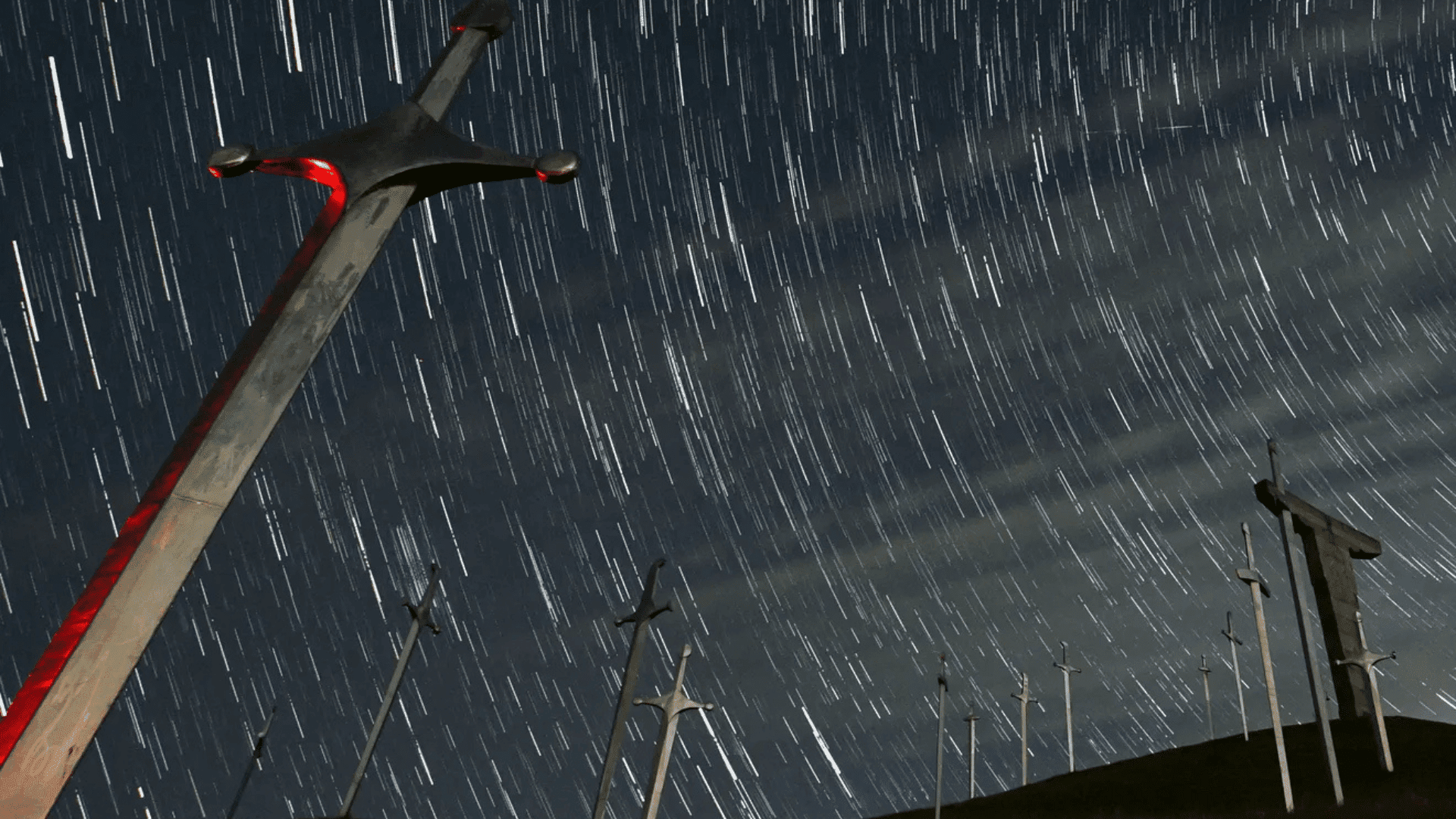From a distance, we can’t really tell the sheer size of a wind turbine. However, if you see one up close, a turbine reveals its true massive size. A wind turbine’s nacelle houses components like a generator and gearbox. While a turbine is massive, its nacelle is large enough to live in, which is why a European energy company has plans to give them a second life and transform them into tiny homes.
A Second Life
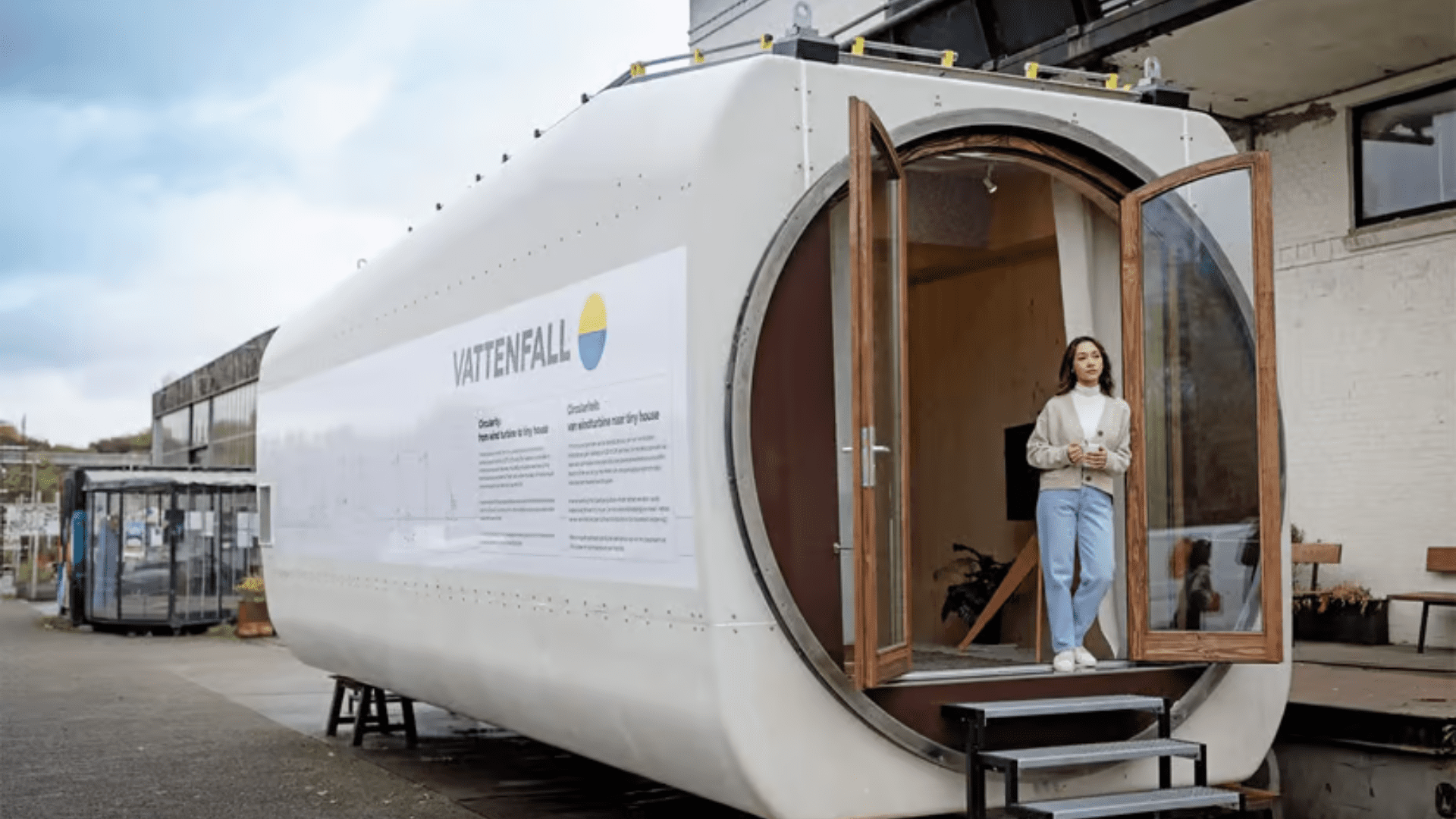
Vattenfall partnered with international architecture collective Superuse Studios to explore what is possible with this piece of machinery. The companies built a tiny house inside the nacelle. For tiny home enthusiasts, it’s cute and everything a person with that interest would love. For innovationists, it’s an excellent repurposing concept.
Superuse acquired the nacelle from a wind turbine that ran for 20 years at the Austrian Gols wind farm. This nacelle is 13 ft (4 m) wide, 32 ft (10 m) long, and 10 ft (3 m) high, making for approximately 376 sq ft (35 sq m) of living space inside. It’s one of the smaller nacelles you can find since it’s older; the newer turbines that produce more power have larger parts. If they can fit a tiny home in a “small” piece of a turbine, imagine when it’s time to repurpose a large decommissioned one.
Piecing it Together
A nacelle makes for a good foundation because it’s watertight and lightweight. Superuse and a range of partners equipped the piece of turbine equipment with electricity, plumbing, and insulation. The engineers say the nacelle is a good candidate because of the material. It’s made of glass fiber-reinforced plastics, which is difficult to recycle. So, the companies are upcycling and turning it into a home instead of recycling.
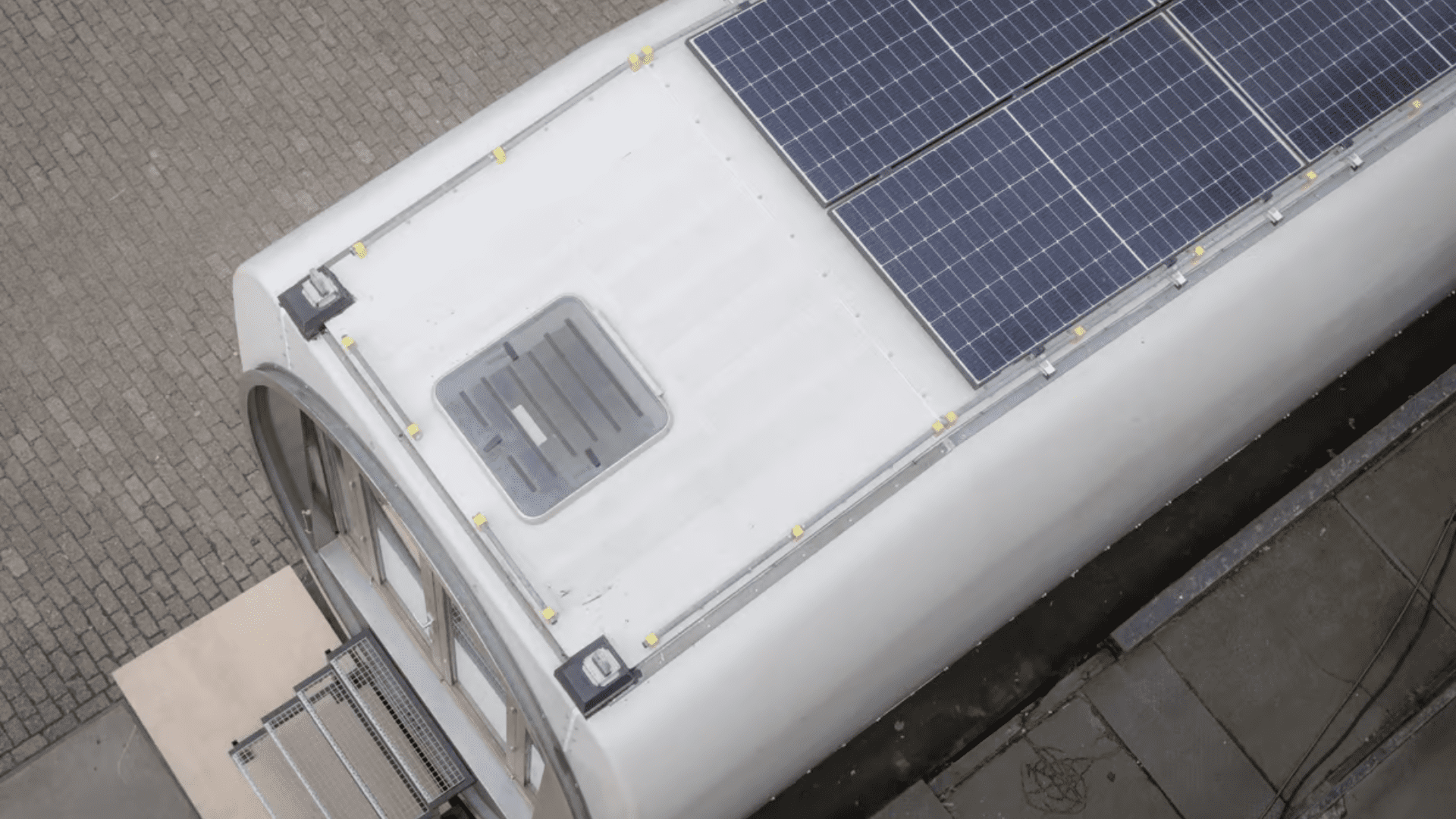
In addition, the repurposed nacelle’s roof has solar panels. The panels deliver 1,800-W peak power, enough for the tiny house. There is also a solar-powered water boiler for washing and showering, a heat pump for air conditioning, a decentralized ventilation system that uses compact wall-mounted panels, and an EV charging point on the exterior. This innovation has sustainability written all over it.
The team equipped the wooden interior with a kitchenette, bathroom, and a combined sleeping and living area. They also furnished the prototype with sustainably produced and secondhand furniture. They even added a table made with recycled materials from a wind turbine blade.
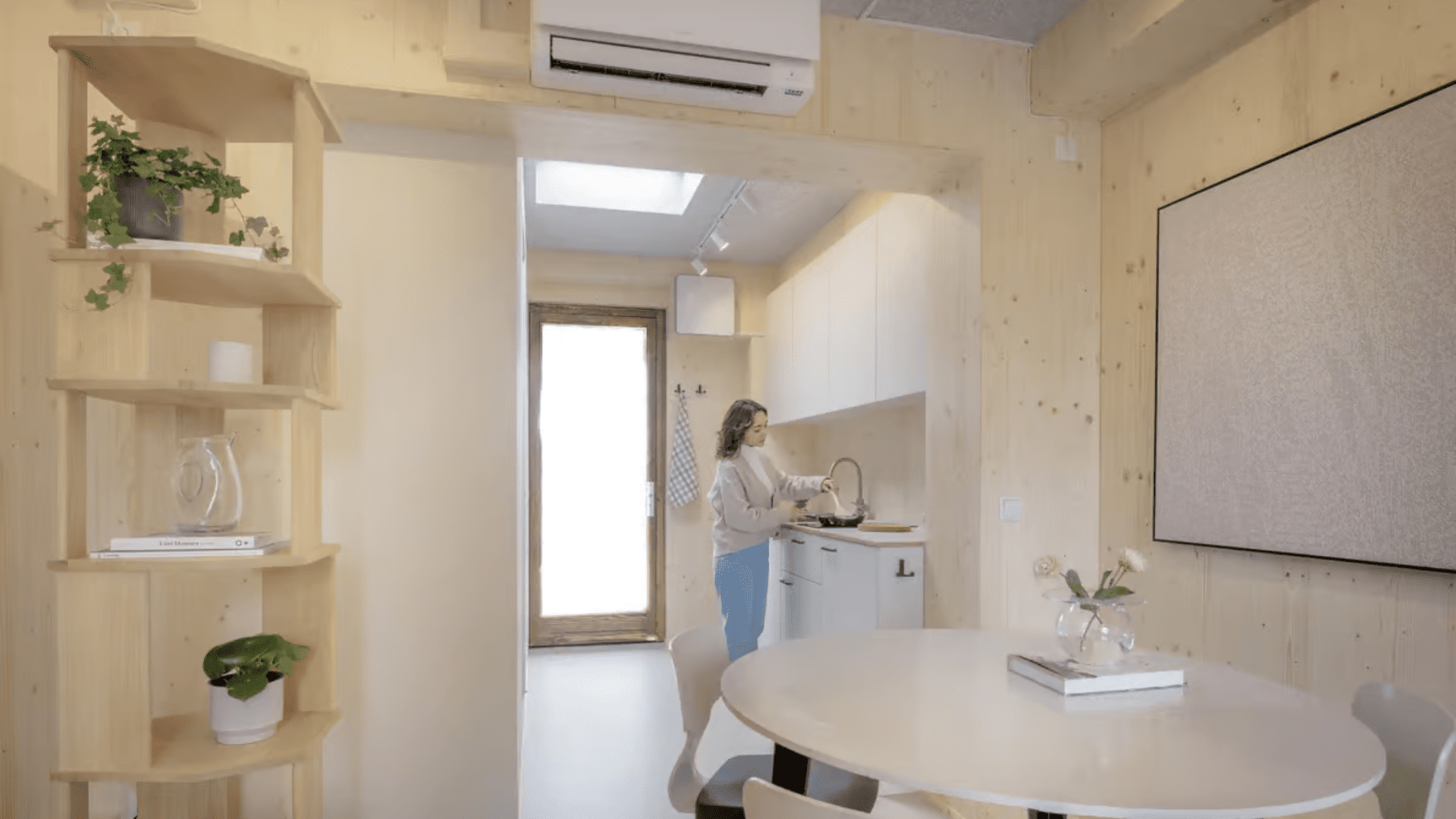
Jos de Krieger, a partner at Superuse, hopes the project paves the way for more utilization of decommissioned wind turbines. “At least ten thousand of this generation of nacelles are available, spread around the world,” he said. “Most of them have yet to be decommissioned. This offers perspective and a challenge for owners and decommissioners. If such a complex structure as a house is possible, then numerous simpler solutions are also feasible and scalable.”





